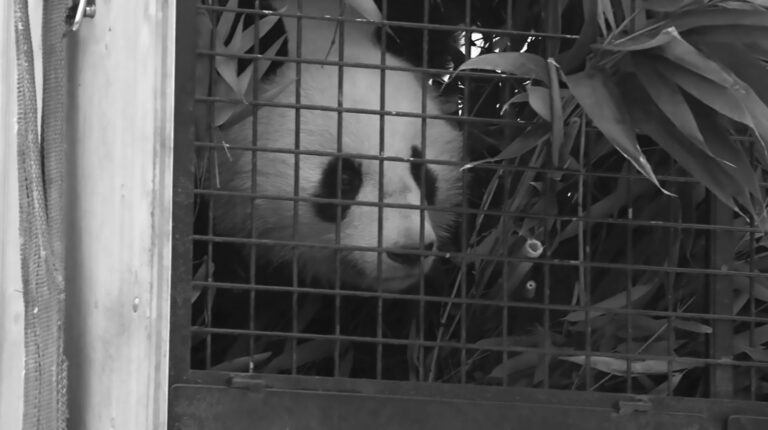Alzheimer‘s has been reversed in mice after scientists boosted the formation of new brain cells.
A gene therapy fueled neurons in the hippocampus – a region vital for learning and remembering.
The study was published in the Journal of Experimental Medicine (JEM).
The breakthrough could lead to new treatments. The number of dementia cases worldwide will triple to 150 million by 2050. There is no cure.
Lead author Professor Orly Lazarov, of the University of Illinois, Chicago, said: “Taken together, our results suggest augmenting neurogenesis may be of therapeutic value.”
Experiments have shown the process is impaired in patients and mice with mutations linked to Alzheimer’s – particularly in the hippocampus.

(China Photos/Getty)
The U.S. team found increasing production of neurons rescued the lab rodent’s defects.
They were incorporated into memory circuits – restoring normal function.
The study offers hope for a viable strategy. Current drugs target just the symptoms – and not the cause.
Brain cells send electric signals. We keep making them throughout our lives. They are produced by neural stem cells.
But numbers tail off as we age – and fall dramatically in Alzheimer’s. Evidence is improving neurogenesis holds the key to curing dementia.
The hippocampus is the region of grey matter you need, for instance, to remember where you parked your car.
Prof. Lazarov said: “However, the role of newly formed neurons in memory formation, and whether defects in neurogenesis contribute to the cognitive impairments associated with Alzheimer’s, is unclear.”
In the study, stem cell survival was enhanced by deleting a gene called Bax – leading to the maturation of more neurons.
Afterward, the animals regained their spatial recognition and contextual memory skills. The tests included finding their way around a maze.
Scans of healthy mice showed the circuits involved in storing memories include many newly formed neurons alongside older ones.
Neurons were fluorescently labeled – lighting up as they were activated during acquisition and retrieval.
The memory-stowing loops of mice with Alzheimer’s contained fewer. But the integration of newly formed brain cells was restored when neurogenesis was increased.
Further analyses revealed there was also a rise in the number of tiny protrusions called dendritic spines. They connect neurons – and are critical for memory formation.

(Jon Mills, SWNS/Newsflash)
When the researchers specifically inactivated the new neurons, mice with dementia lost any improvement in memory – confirming the results.
Prof. Lazarov added: “Our study is the first to show impairments in hippocampal neurogenesis play a role in the memory deficits associated with Alzheimer’s by decreasing the availability of immature neurons for memory formation.”
Alzheimer’s and other forms of dementia affect more than 920,000 people in the U.K. – a figure that will reach to million within three decades.
The Ananova page is created by and dedicated to professional, independent freelance journalists. It is a place for us to showcase our work. When our news is sold to our media partners, we will include the link here.




